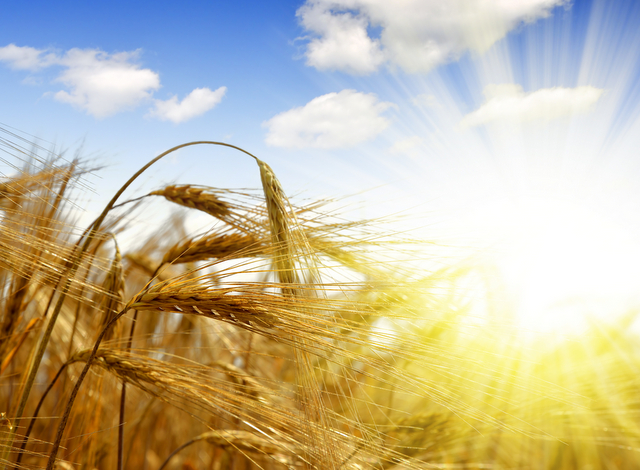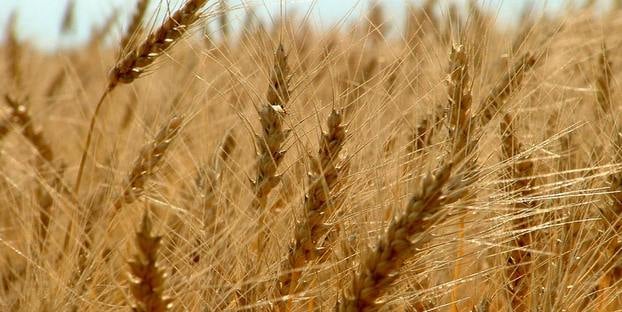 In March, New York Governor Andrew M. Cuomo announced that the number of craft beverage manufacturers holding a farm-based license had grown by more than 150 percent since 2012. The Governor also released some other impressive stats, which have surely grown since earlier this year. Since 2014, 433 new farm-based craft beverage licenses have been issued in New York, and the state is now home to 348 farm wineries, 202 farm breweries, 123 farm distilleries and 42 farm cideries.
In March, New York Governor Andrew M. Cuomo announced that the number of craft beverage manufacturers holding a farm-based license had grown by more than 150 percent since 2012. The Governor also released some other impressive stats, which have surely grown since earlier this year. Since 2014, 433 new farm-based craft beverage licenses have been issued in New York, and the state is now home to 348 farm wineries, 202 farm breweries, 123 farm distilleries and 42 farm cideries.
A farm brewery license allows craft brewers certain benefits if they use products grown in New York state, leading to increased demand for locally grown farm products as well as expanded economic development and tourism for the beer industry. Benefits include brewers needing less permitting to serve beer by the glass, the designation of New York State labeled beer on packaging, five branch offices where the brewer can sell their products and the ability to sell at farmers markets (among other things).
The hurdle for this particular New York license is that there’s only so much local ingredients to go around, and the way the license is set up, the future requires the increased use of more local ingredients. The schedule for the license is as follows according to the New York State Brewers Association:
Until the end of 2018, at least 20 percent of the hops and 20 percent of all other ingredients must be grown in New York State.
From January 1, 2019 to December 31, 2023, no less than 60 percent of the hops and 60 percent of all other ingredients must be grown in New York State.
From January 1, 2024, no less than 90 percent of the hops and 90 percent of all other ingredients must be grown in New York State.
U.S. Senator Kirsten Gillibrand is trying to help local barley growers keep up with that increasing demand. Last week, Gillibrand announced that her amendment to support barley growers in New York State had passed the House and Senate as part of the final conferenced version of the Farm Bill. The amendment would: a) direct the National Agricultural Statistics Service of USDA to document barley production in New York State; b) ensure that producers have the information they need to decide on future plantings; and c) support farmers in New York State who want to begin brewing beer under the “farm brewery” designation with expanded insurance.
“New York’s barley growers are doing incredible work to support brewers all over our state and the country, and I am proud to fight for them in the Senate,” said Senator Gillibrand, a member of the Senate Agriculture Committee. “This amendment would help ensure that our barley producers have access to the best data, so they know where to plant their crops, and it would also help make sure our crop insurers have the information and data they need to start providing coverage to our barley growers. I’m very pleased that this legislation has passed both the House and the Senate as part of the final version of the Farm Bill, and I urge the President to quickly pass it into law.”
In 2016, the U.S. Department of Agriculture (USDA) expanded barley crop insurance to New York state producers. This was huge for local barley production because there is a lot of risks associated with growing barley. Gillibrand’s amendment would help New York’s brewers determine how much barley to cultivate and help set standards that make certain that their barley meets the high-quality standards necessary to brew craft beer. That information would also be valuable for growers because it would provide sufficient data for crop insurance companies to expand insurance offerings and eventually offer a malting barley endorsement, according to Gillibrand.
The Farm Bill now heads to the President’s desk and is expected to be signed into law.



Mike Mallozzi says
Chris Wheeler